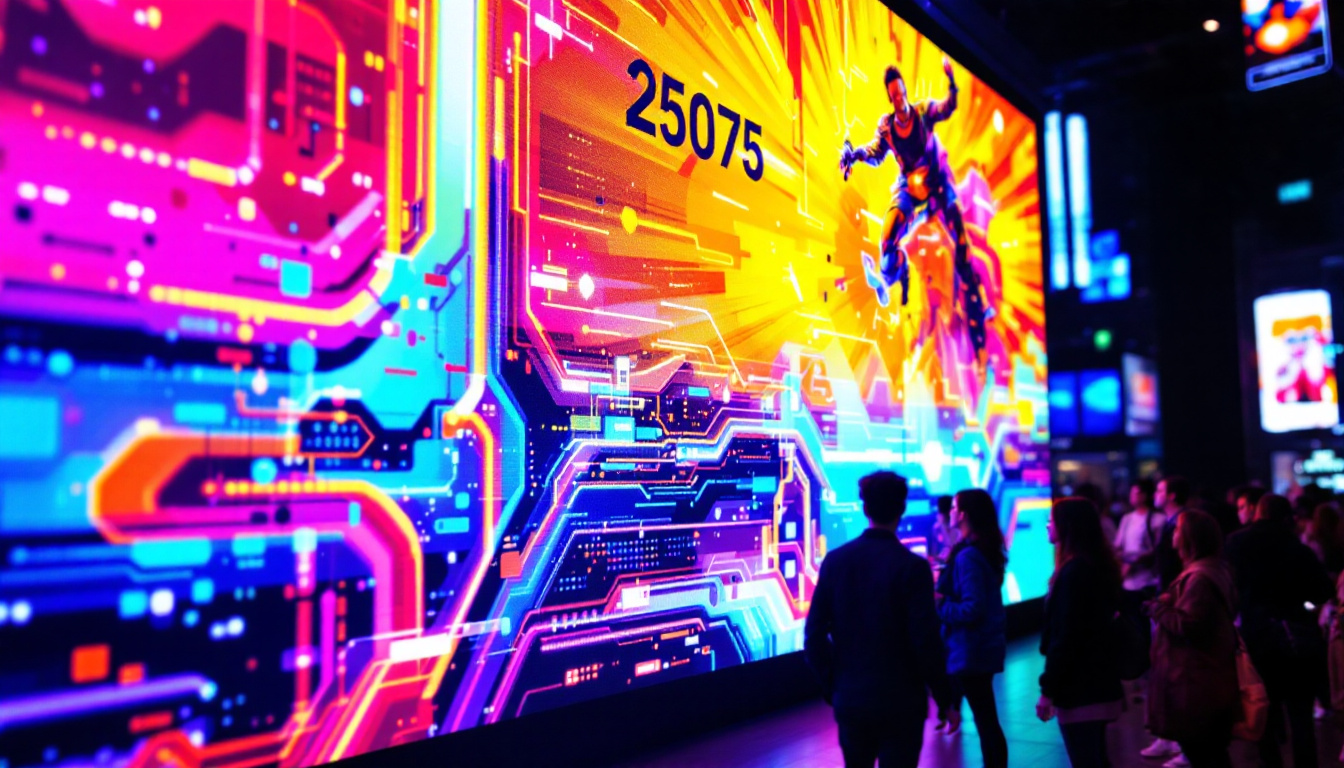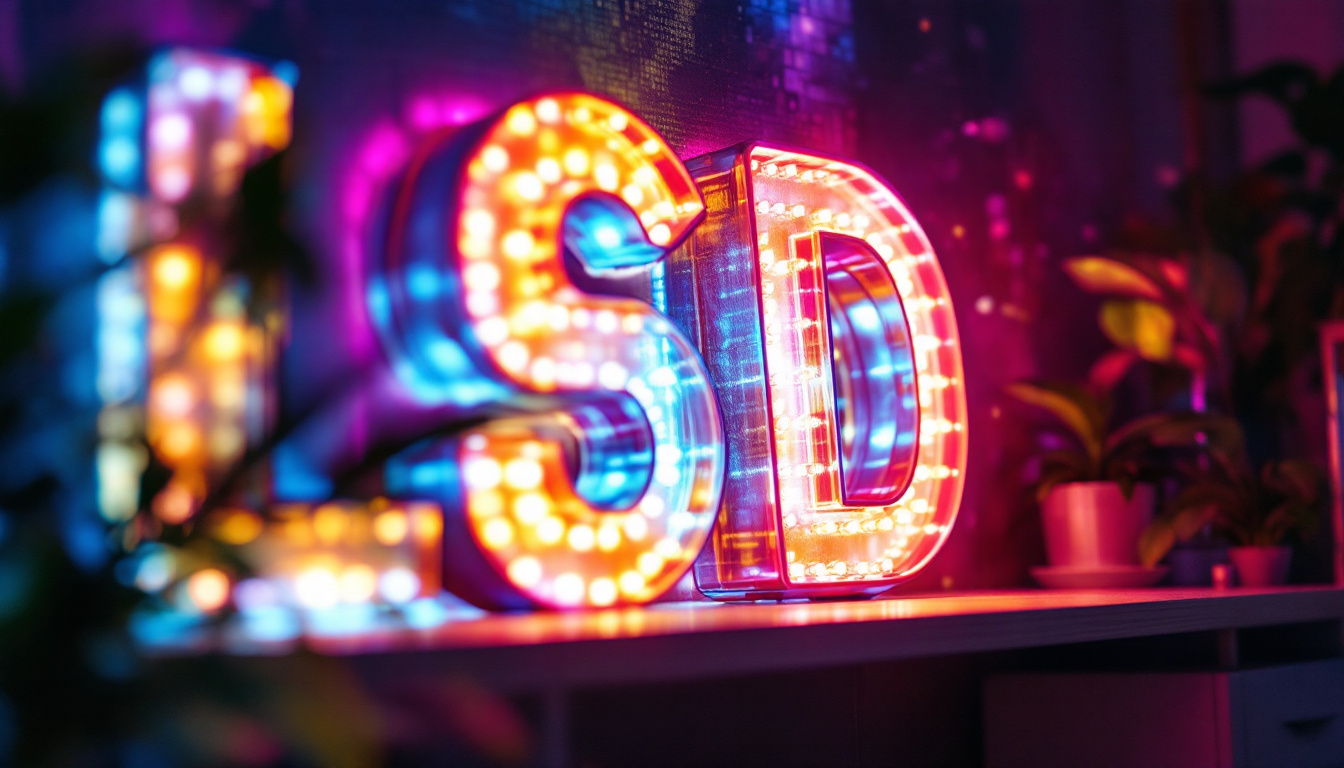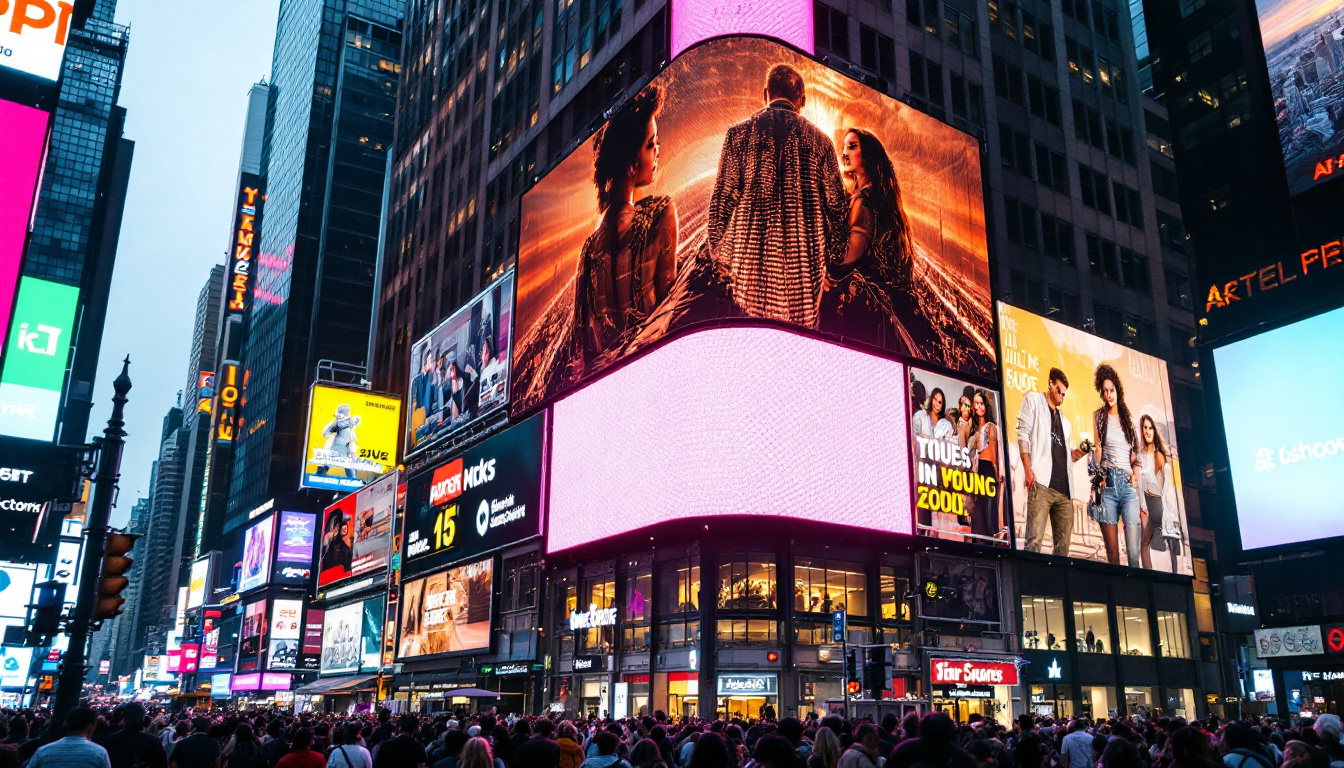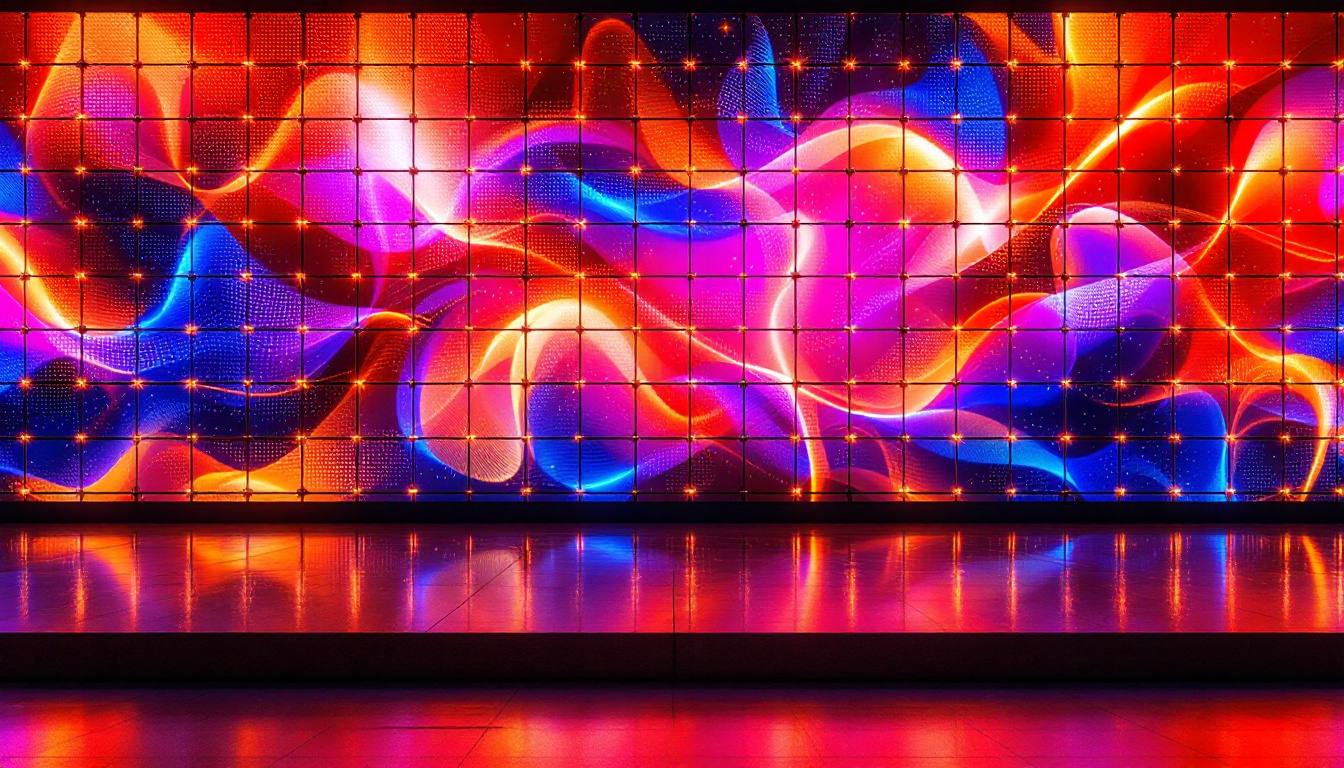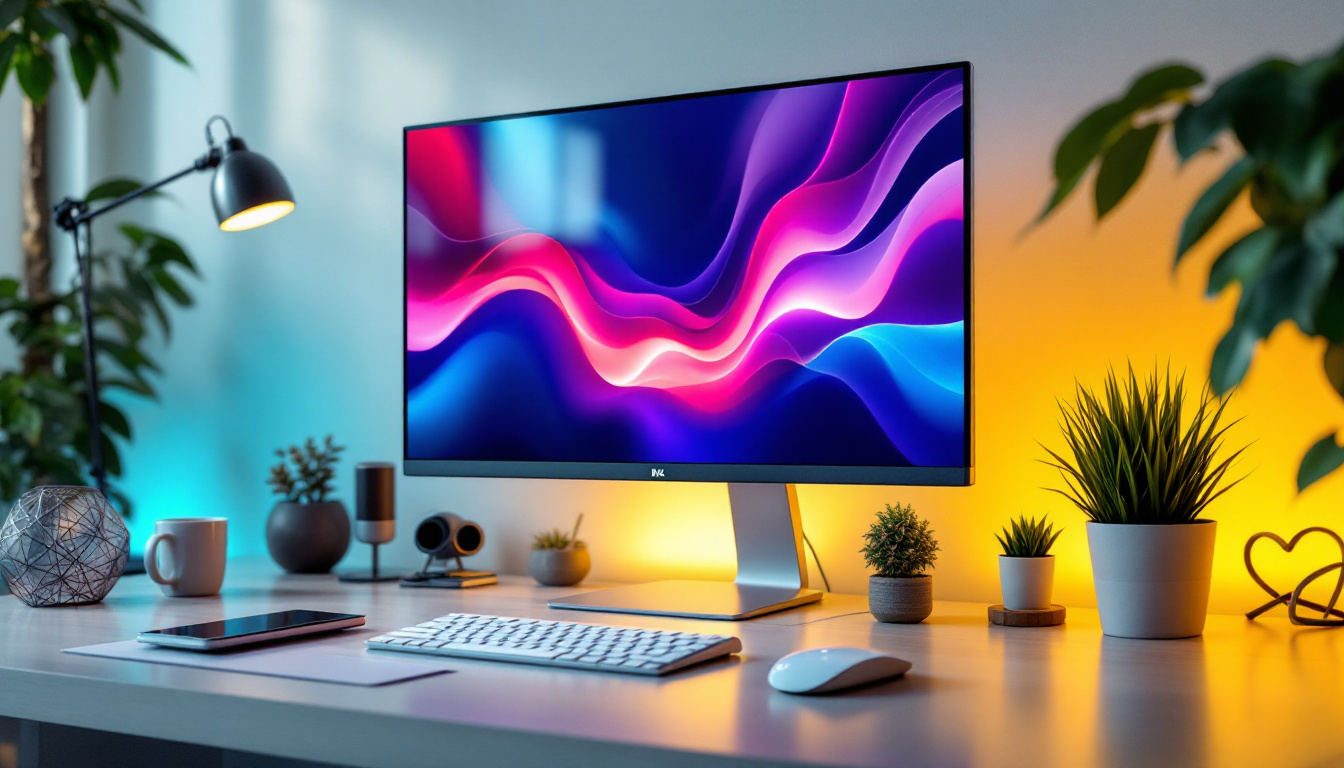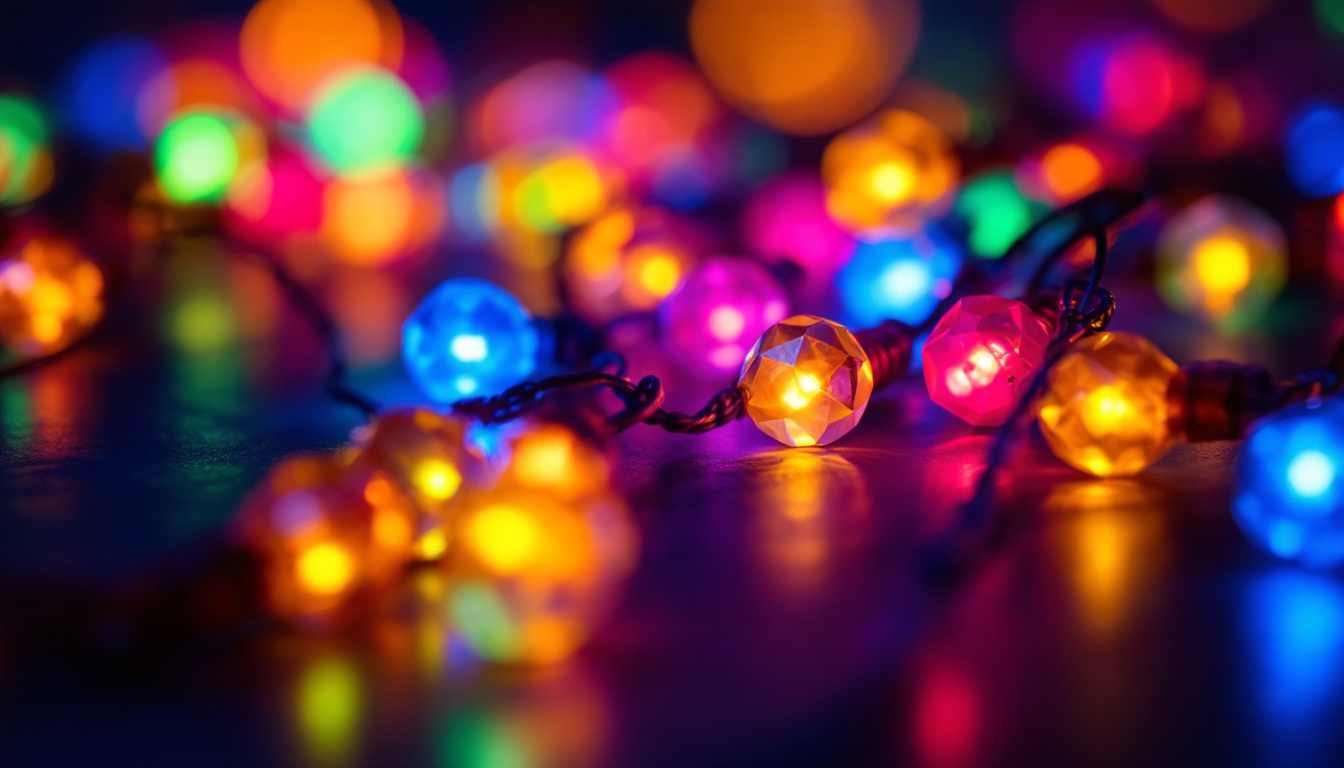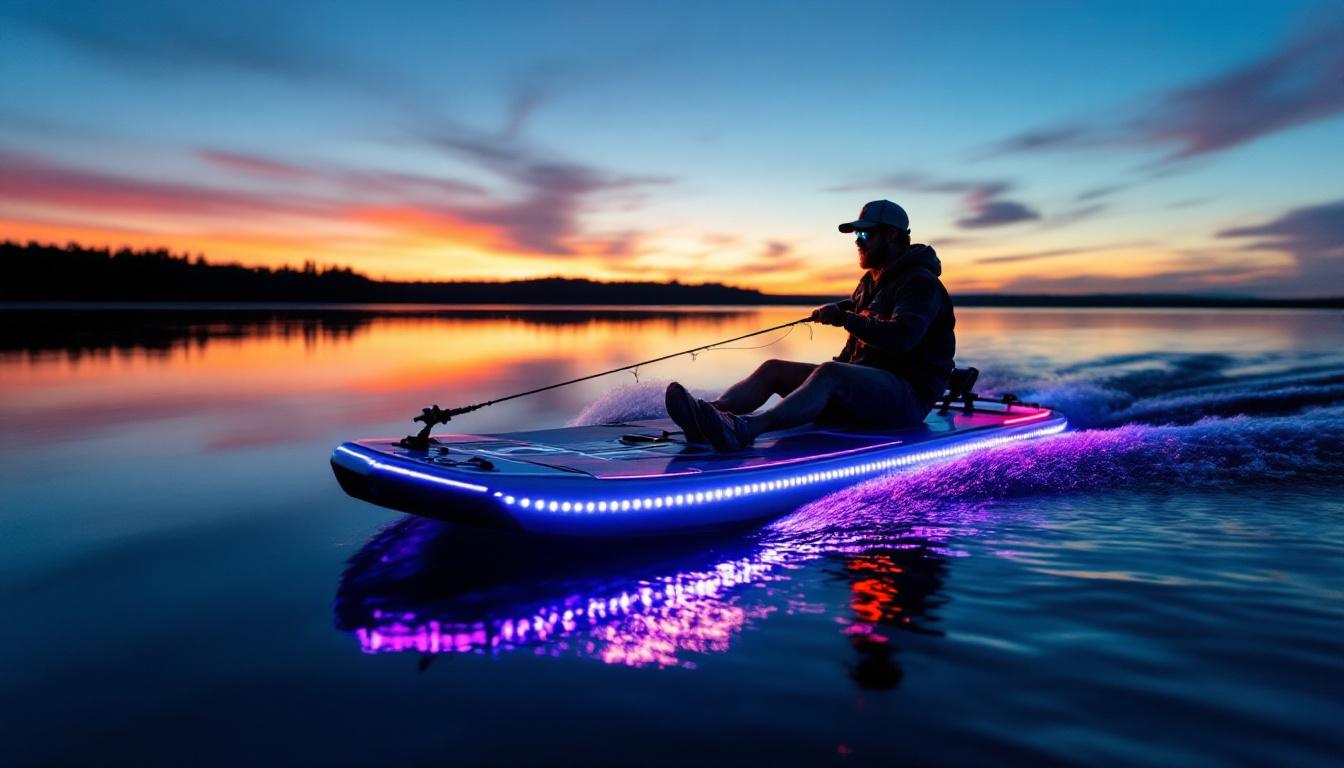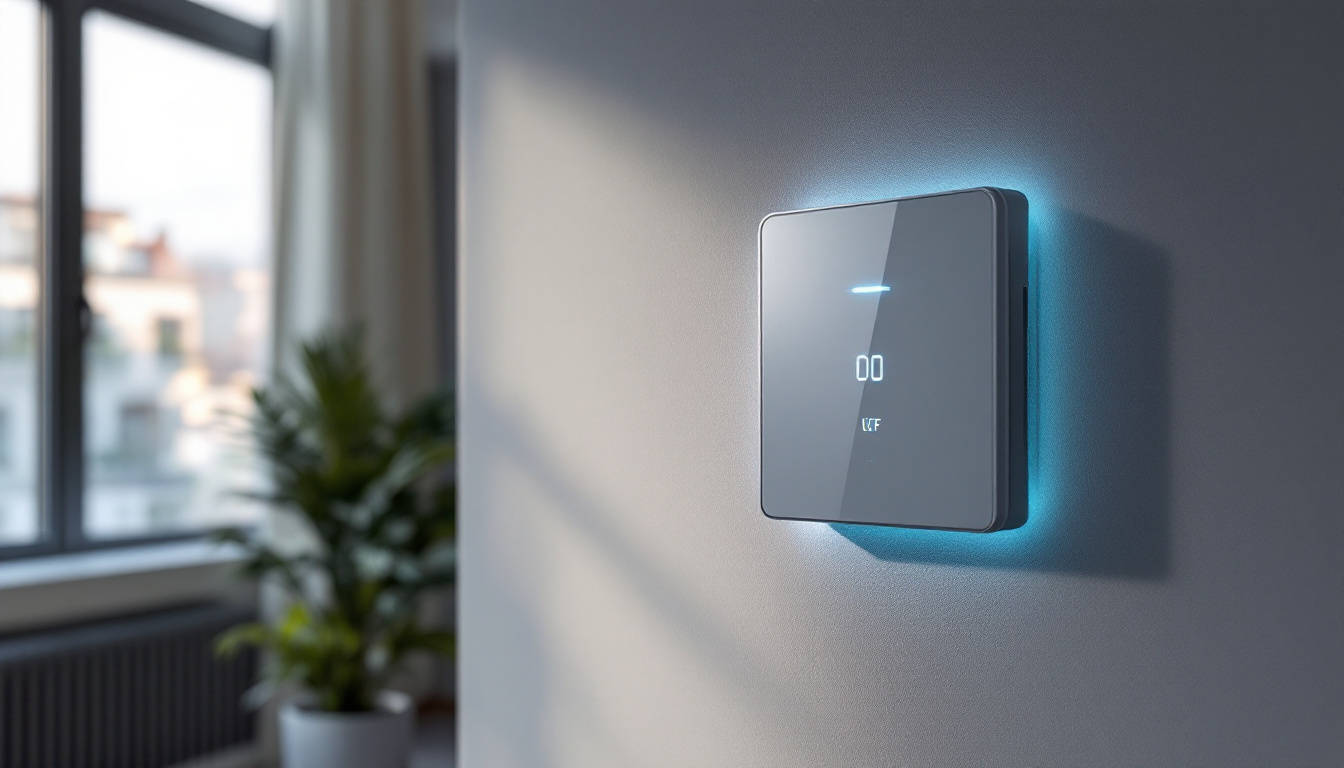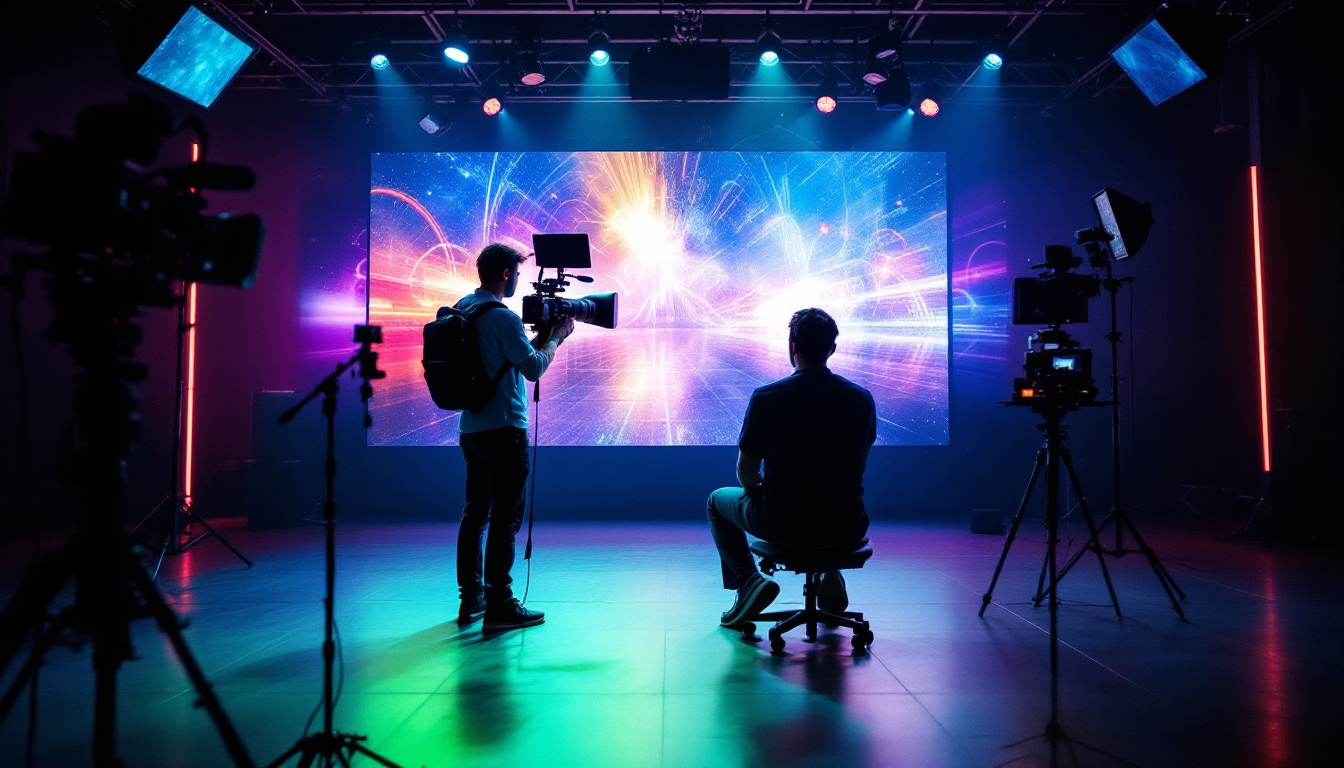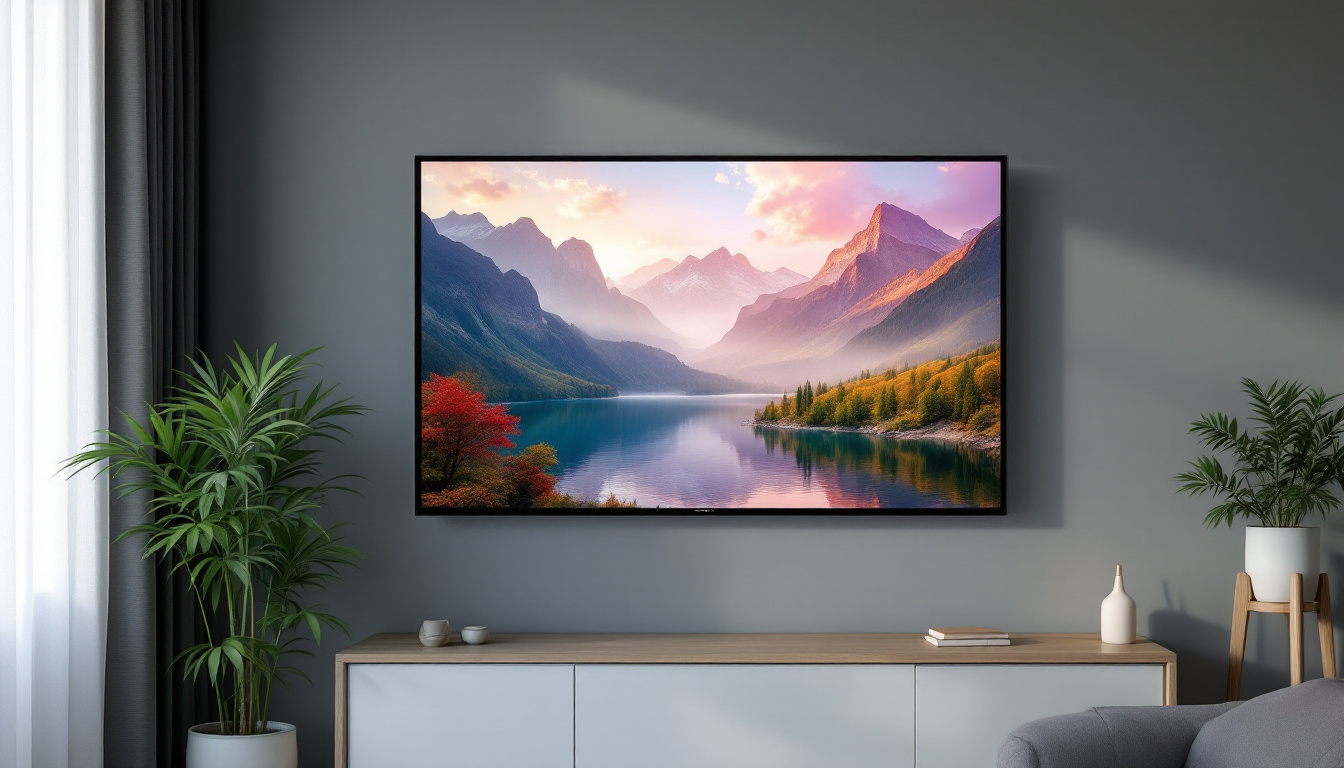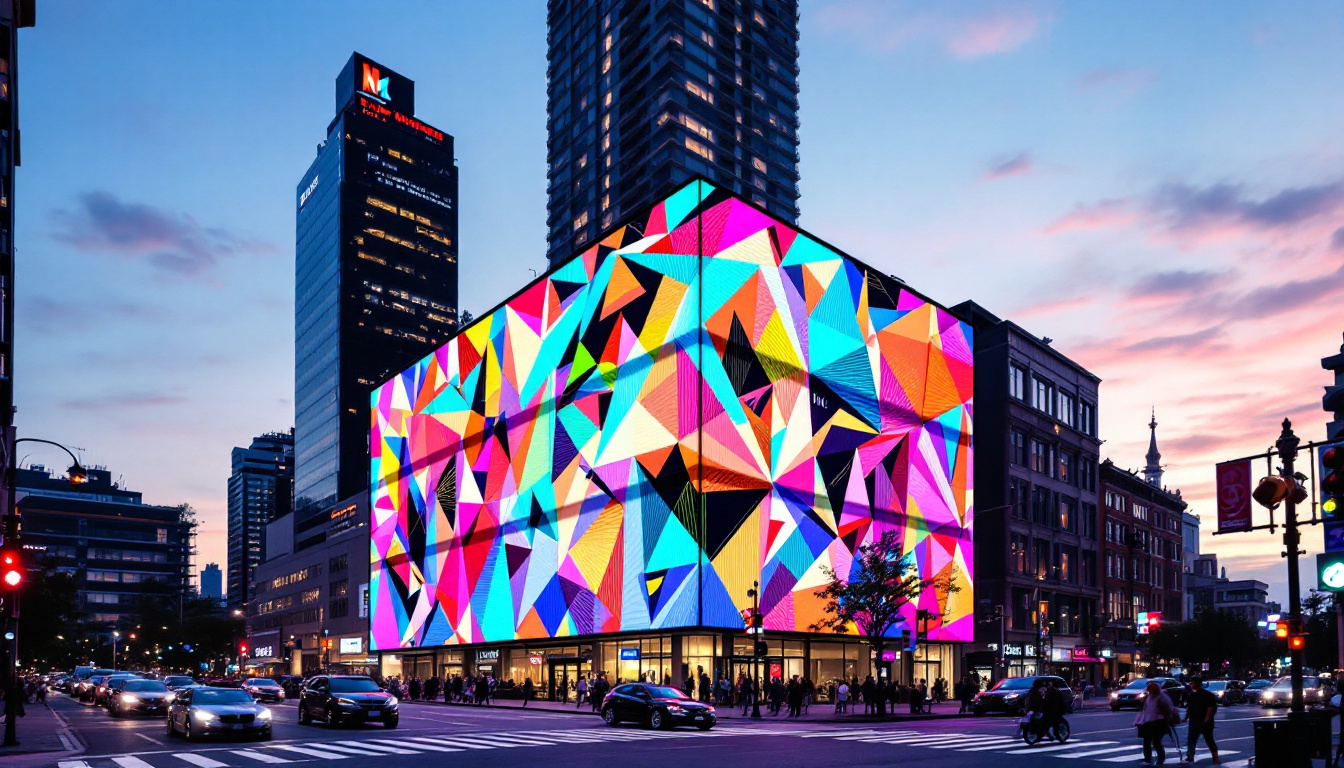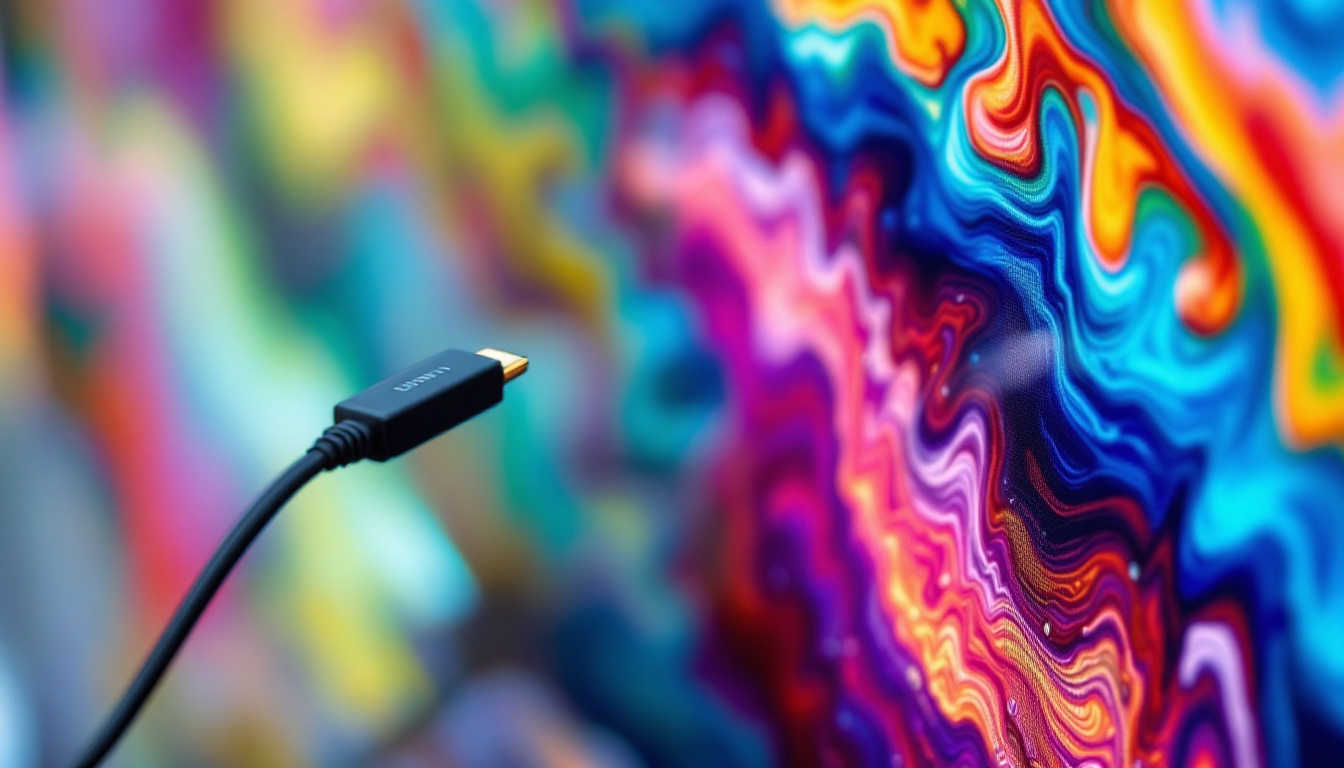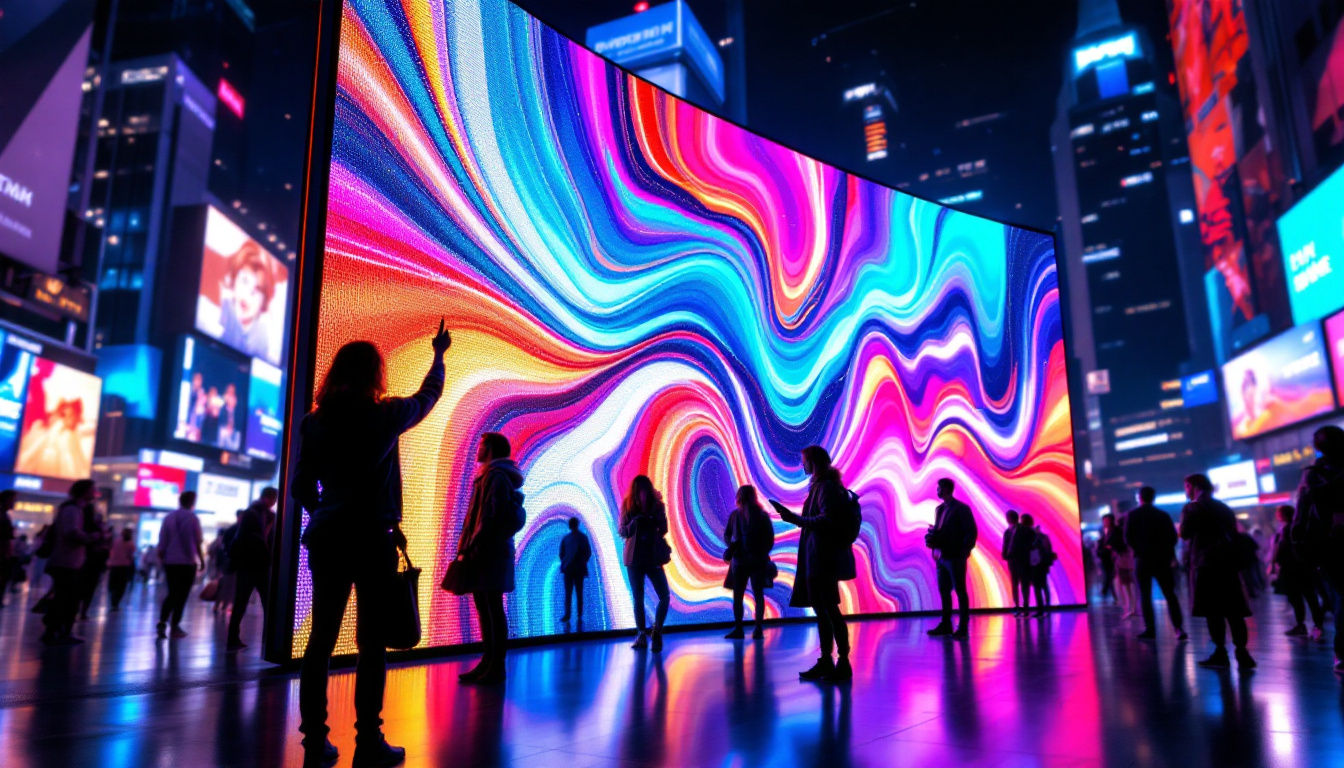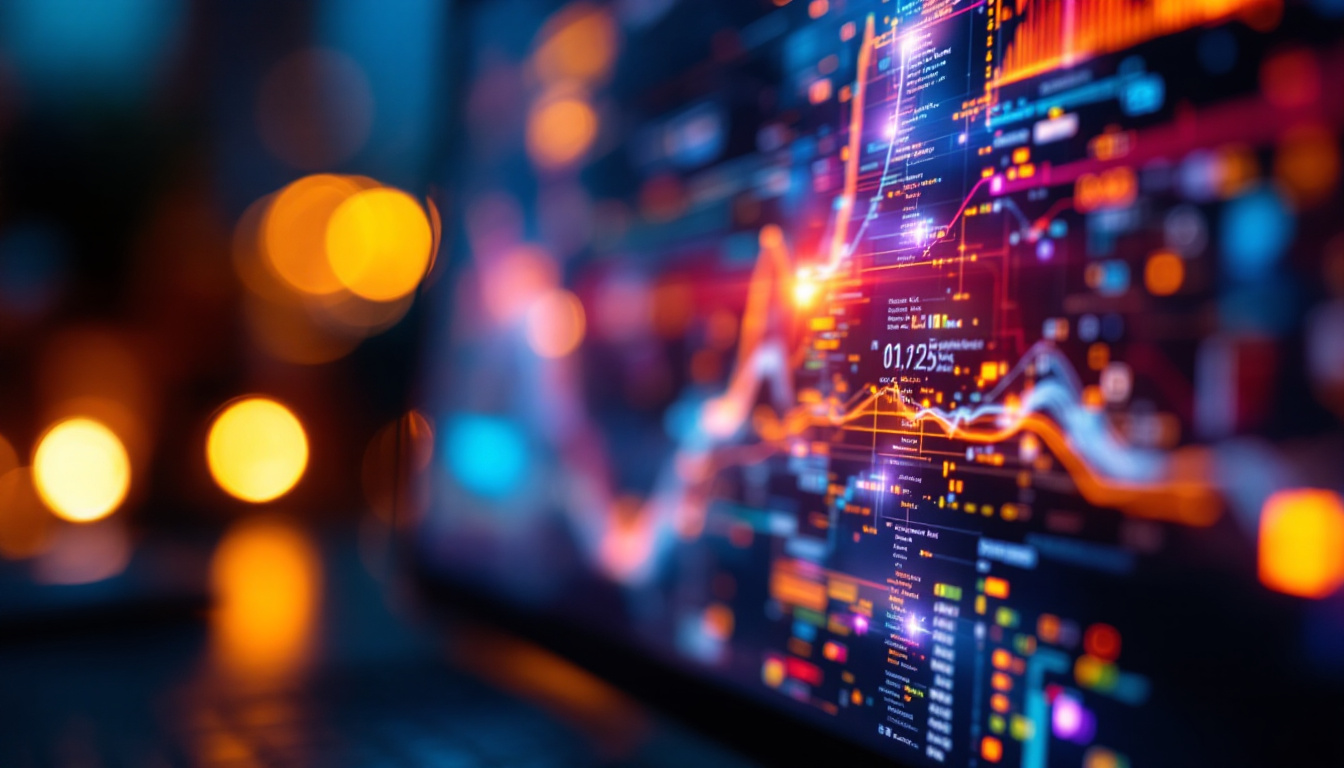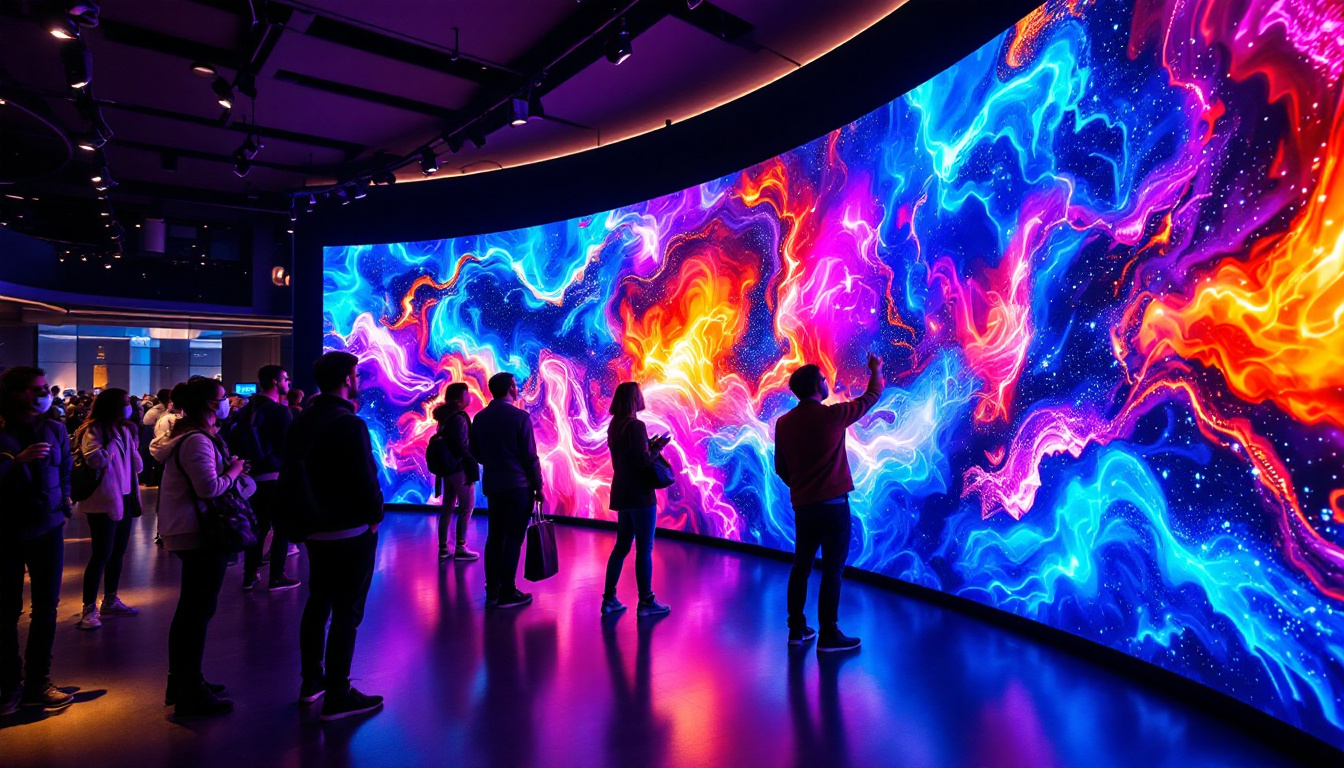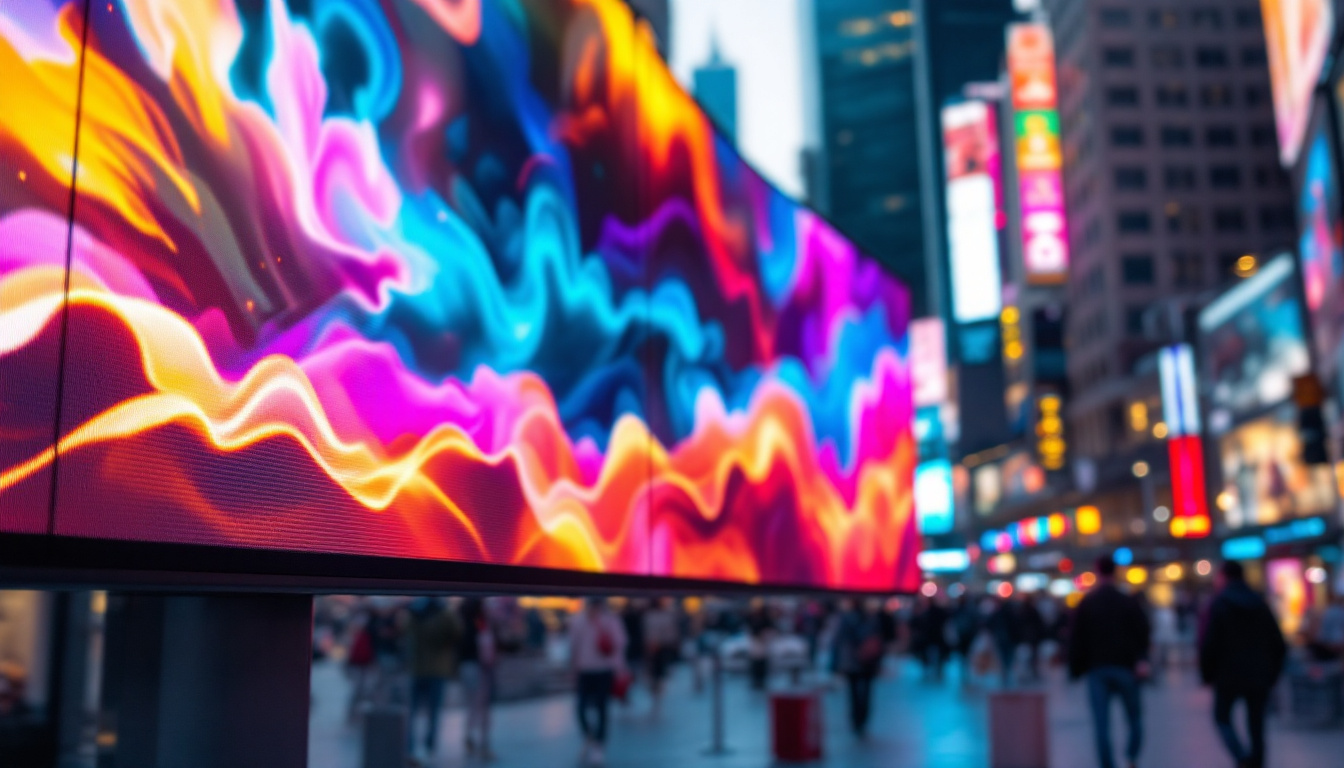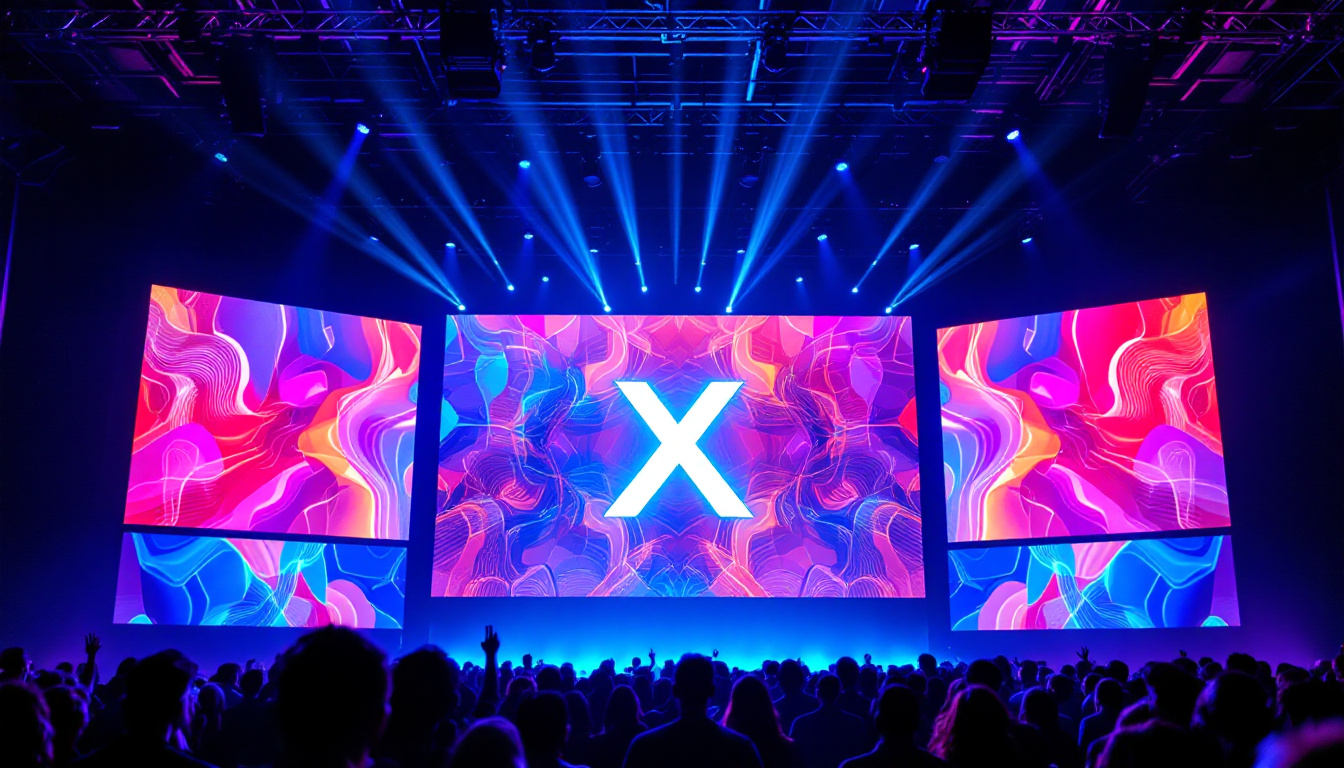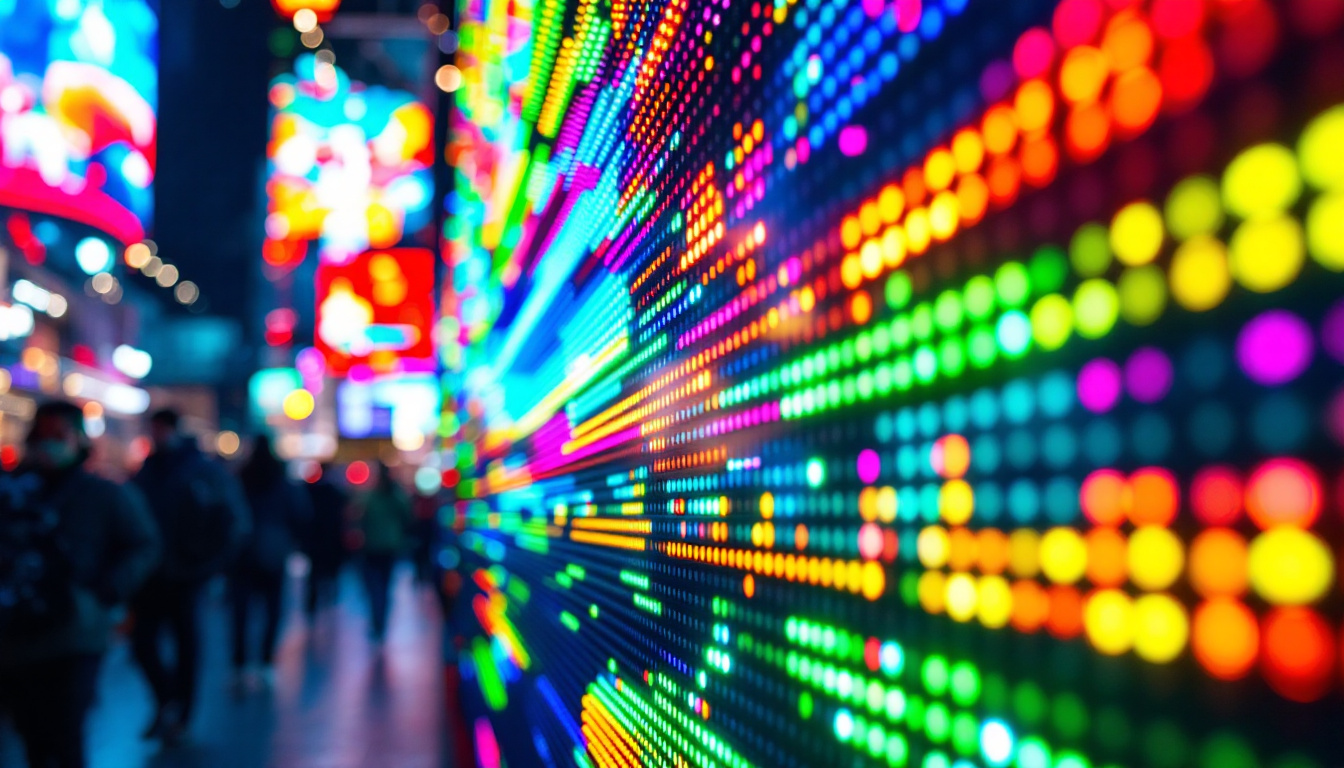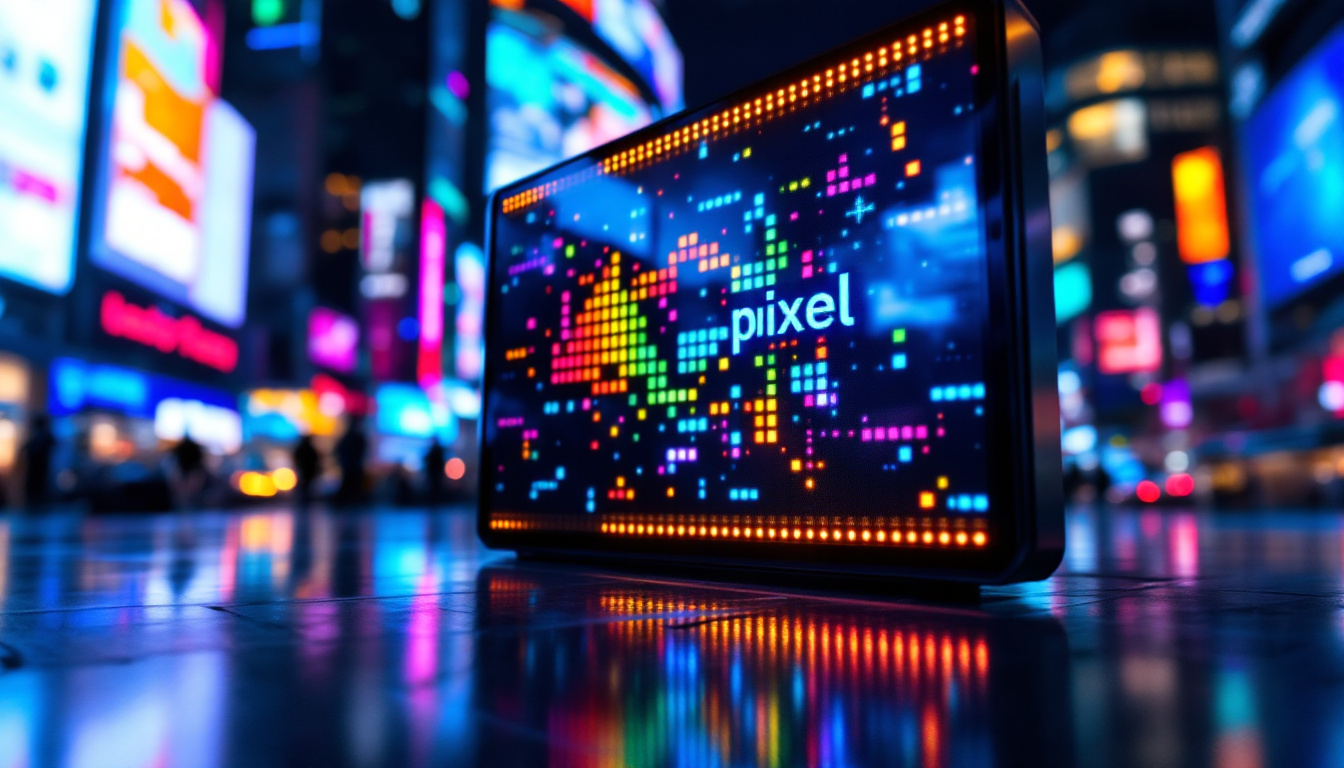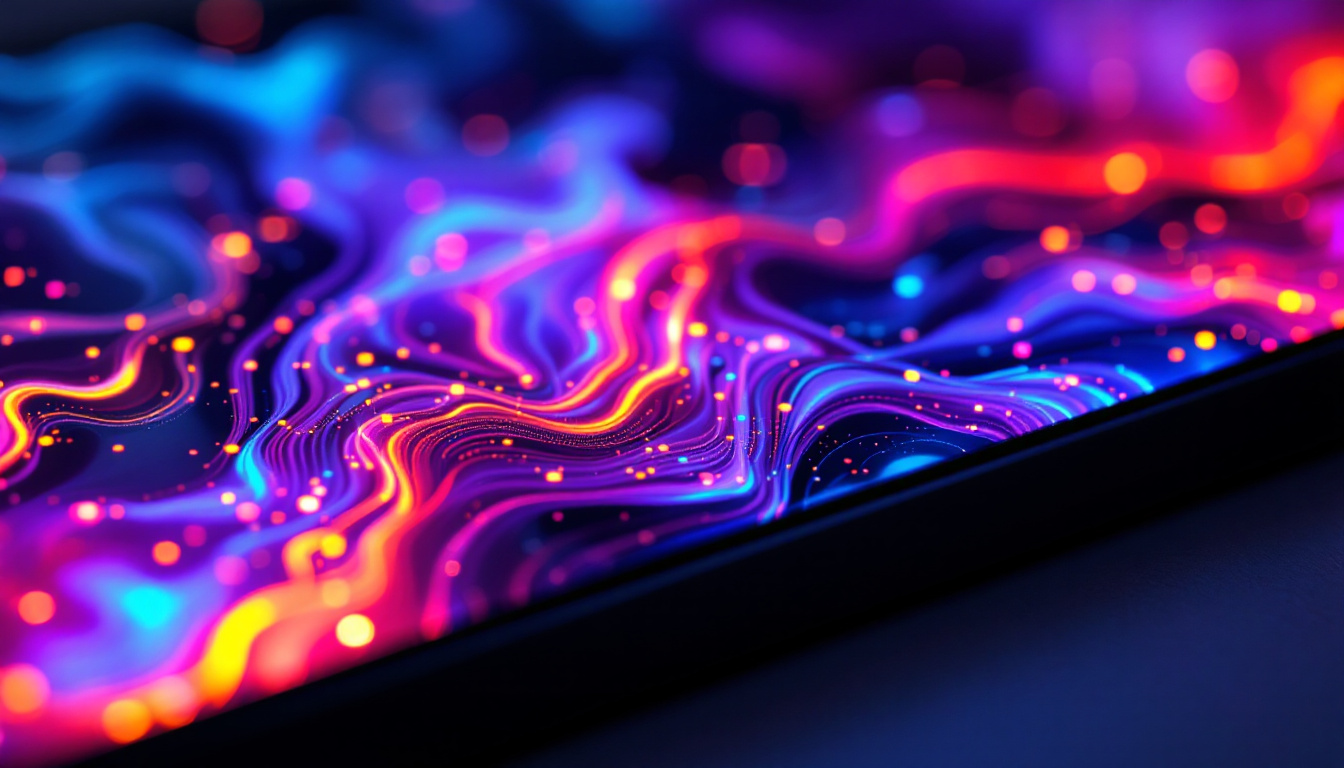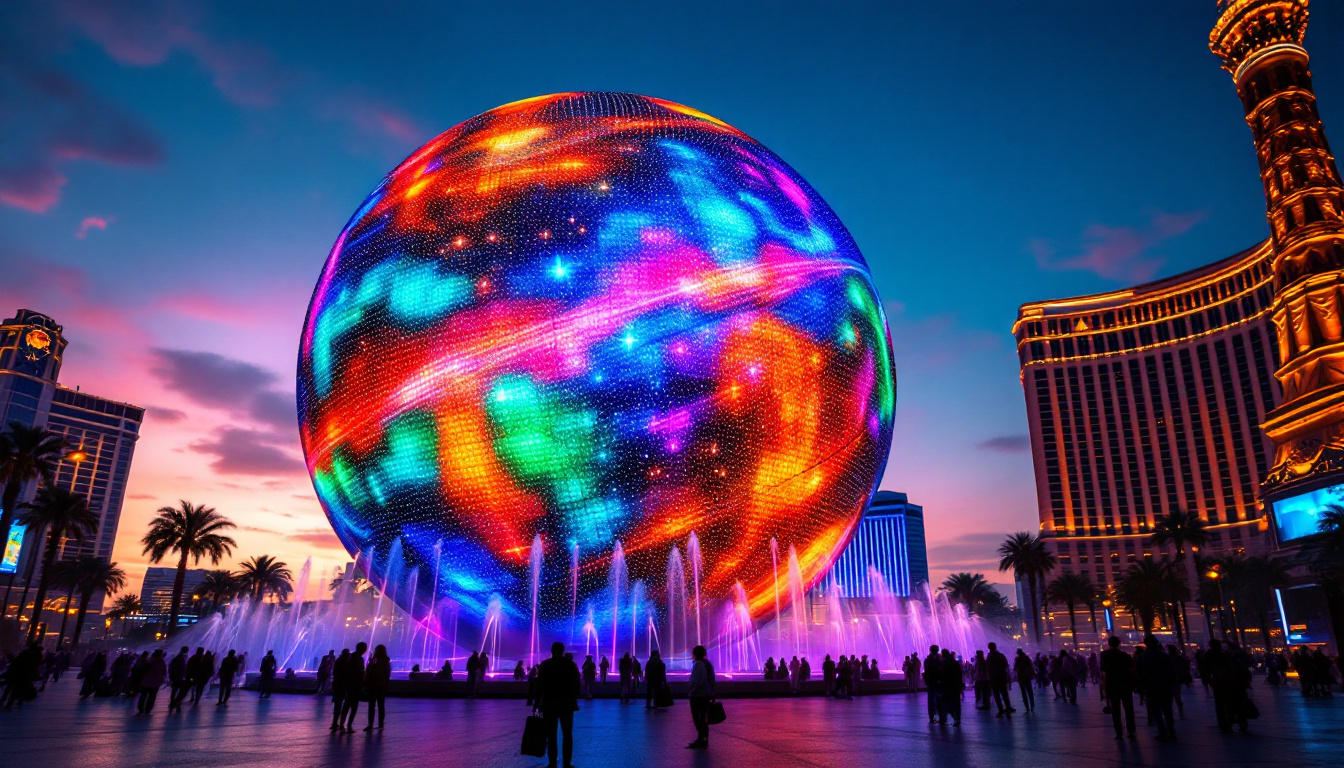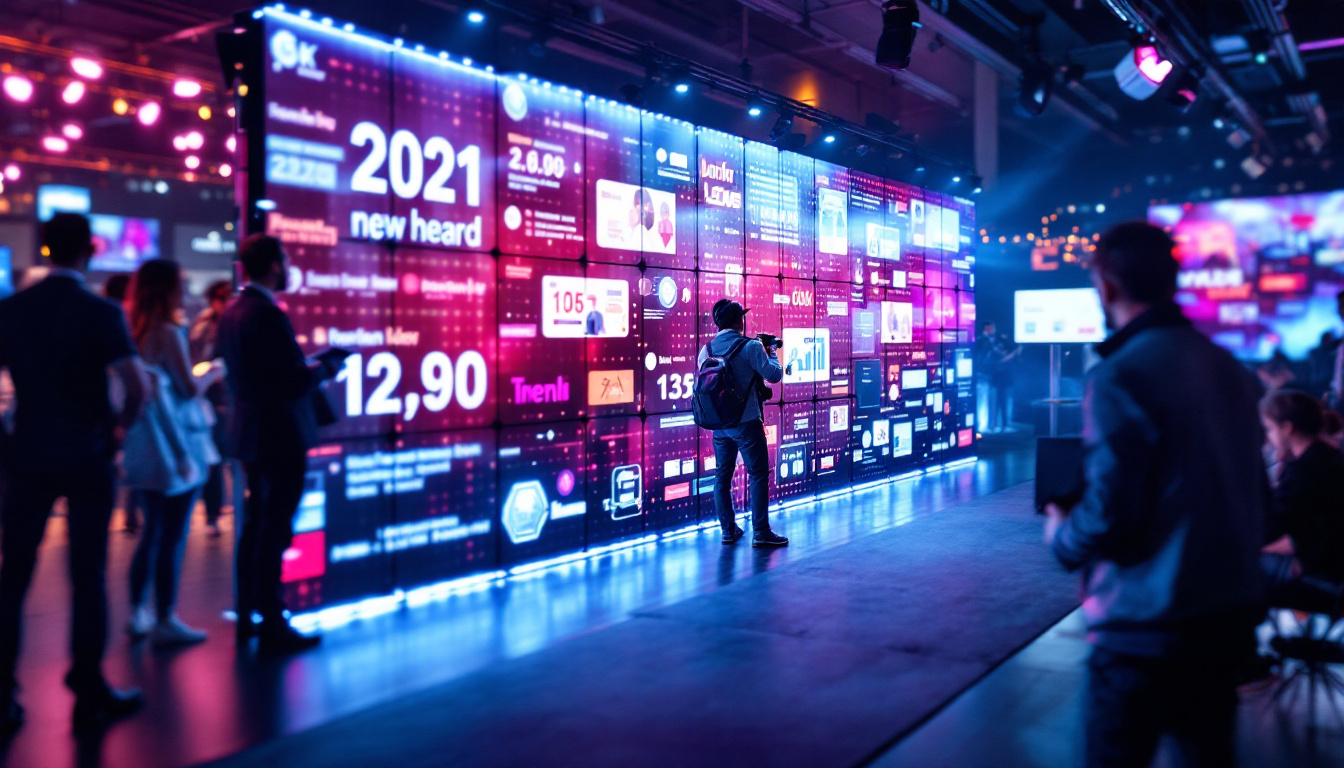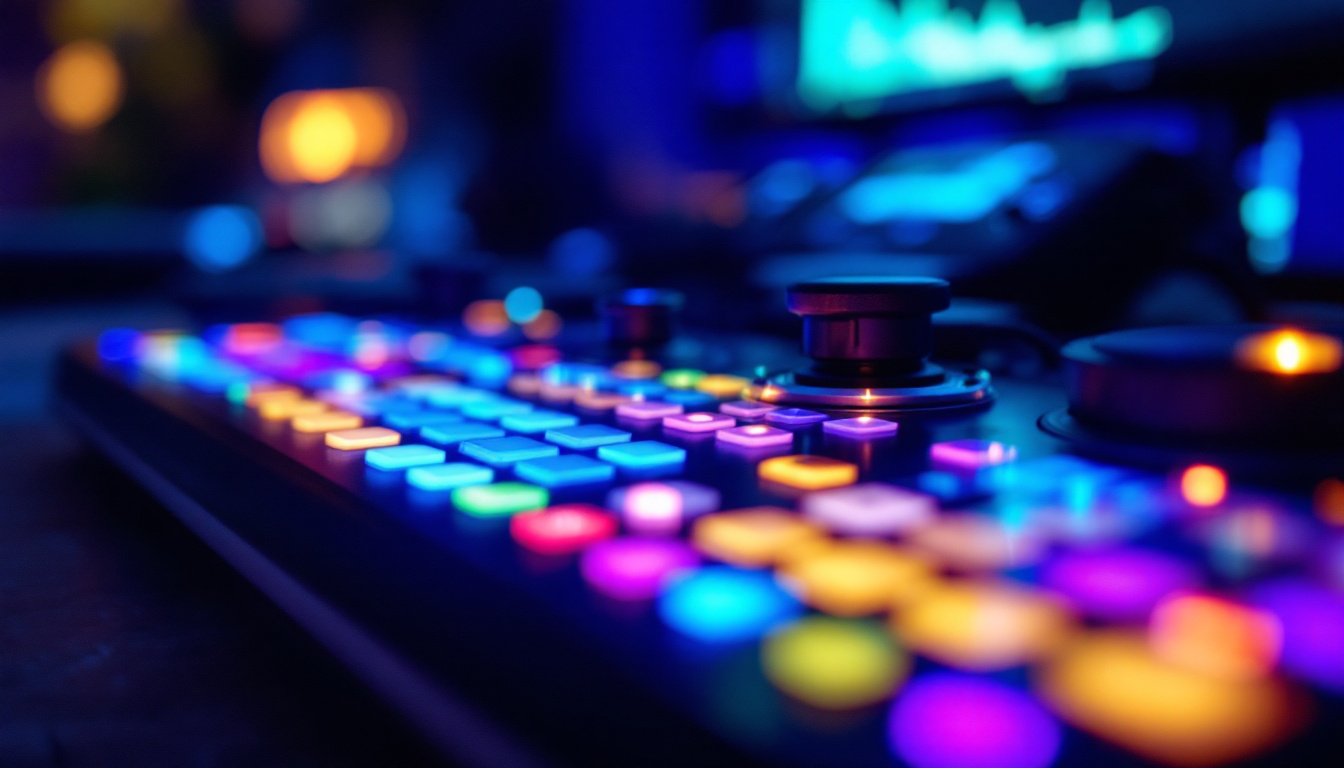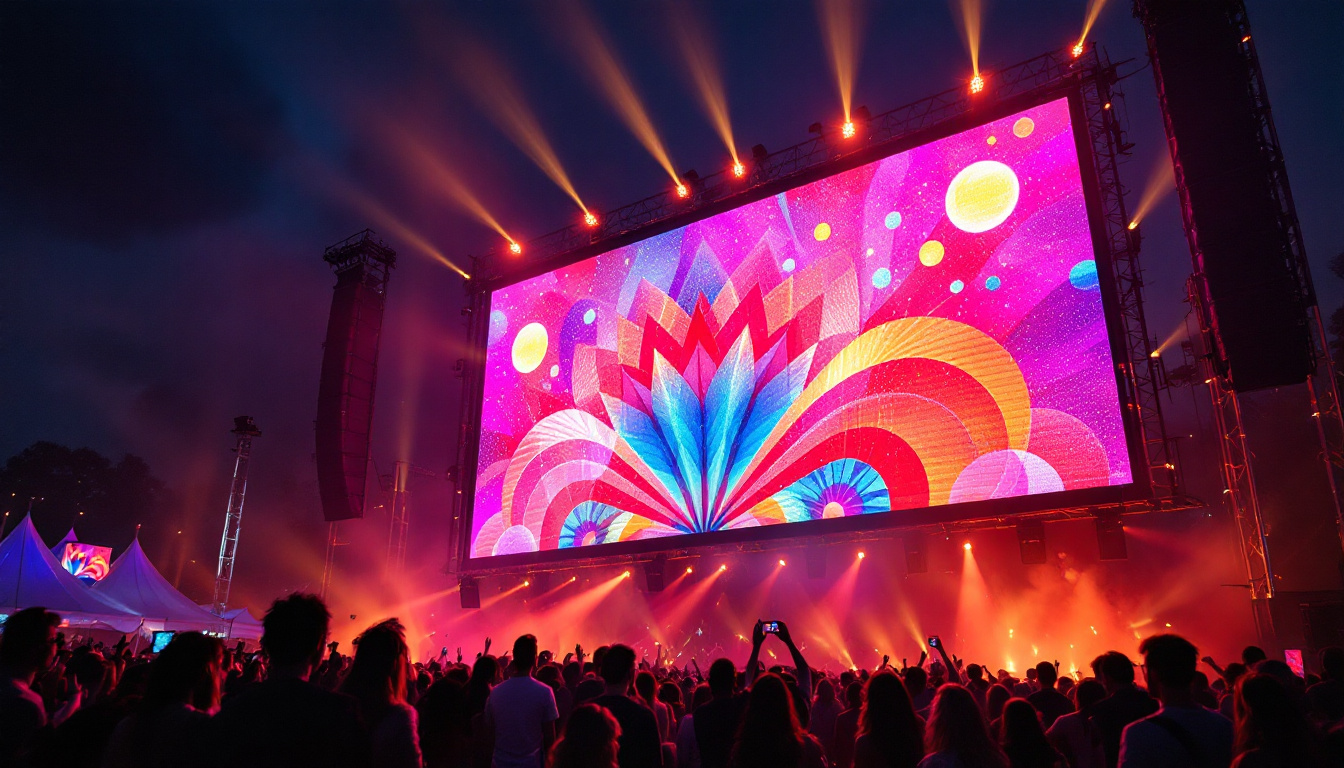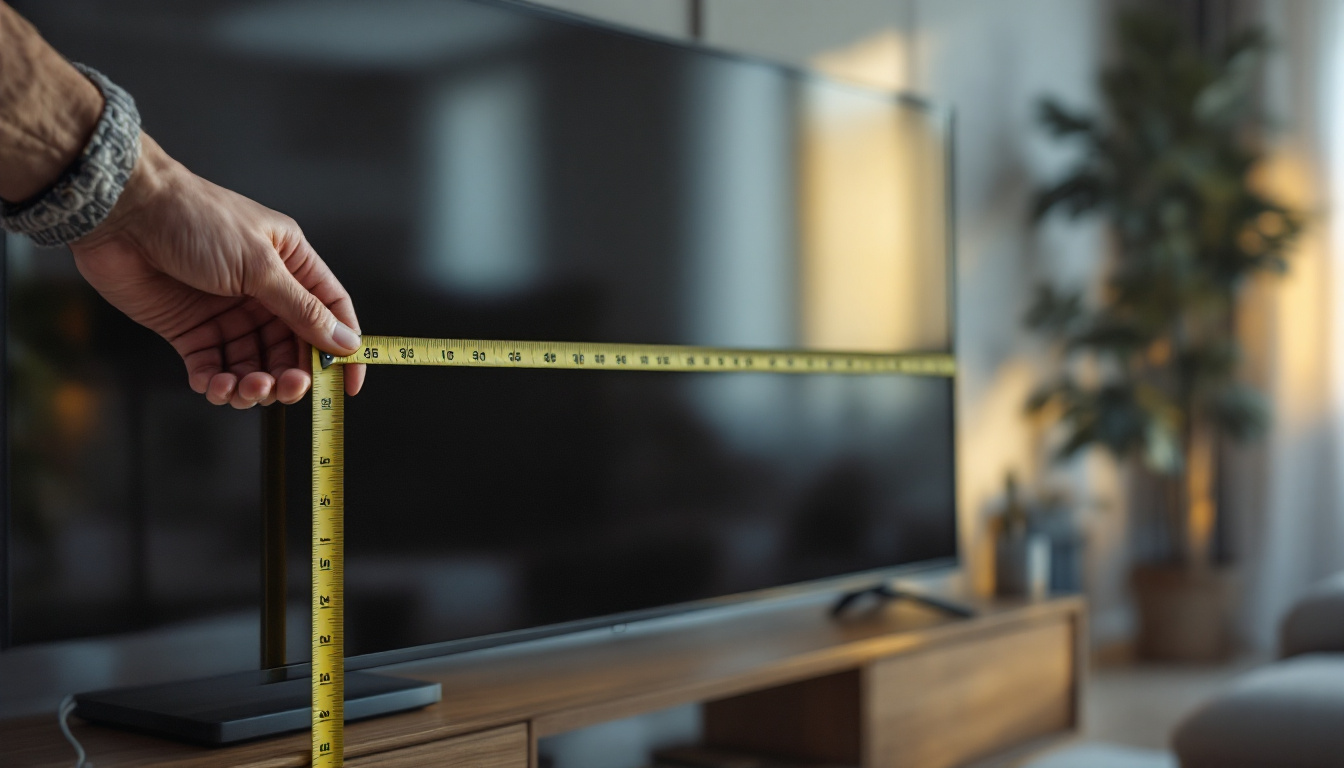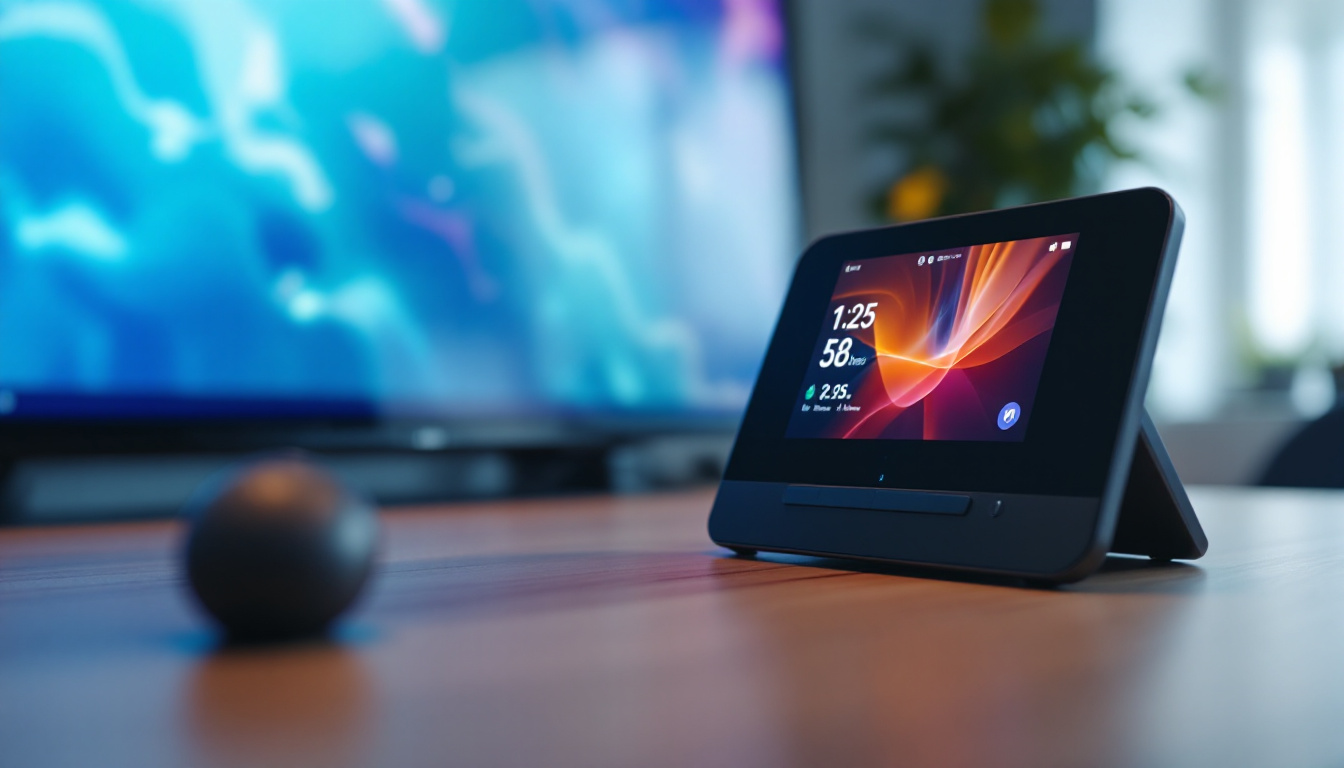In today’s digital age, LED displays have become ubiquitous, transforming the way information is presented across various platforms. From large-scale billboards to small handheld devices, the versatility and efficiency of LED technology are undeniable. Among the various specifications that define LED displays, the term “99Mm” has emerged as a significant marker. This article delves into what 99Mm means, its implications for LED technology, and how it shapes the user experience.
Understanding LED Technology
Light Emitting Diodes (LEDs) are semiconductor devices that emit light when an electric current passes through them. This technology has revolutionized the display industry due to its energy efficiency, longevity, and ability to produce vibrant colors. Unlike traditional display technologies such as LCD or CRT, LEDs offer a brighter and more vivid viewing experience.
The Basics of LED Displays
LED displays consist of numerous tiny LEDs arranged in a grid pattern. Each LED can emit different colors, and when combined, they create a full spectrum of colors. This capability allows for high-resolution images and videos, making LED displays ideal for various applications, from advertising to entertainment.
One of the primary advantages of LED displays is their ability to maintain brightness and clarity even in outdoor environments. This resilience to weather conditions makes them a popular choice for billboards and public displays.
Types of LED Displays
LED displays can be categorized into several types based on their application and configuration. The most common types include:
- Direct View LED (DVLED): These displays are made up of individual LEDs that are directly visible to the viewer. They are often used for large outdoor signs and video walls.
- LED Backlit LCD: This type combines traditional LCD technology with LED backlighting, enhancing color accuracy and energy efficiency.
- Organic LED (OLED): OLED displays utilize organic compounds to emit light, allowing for thinner designs and better contrast ratios.
What Does 99Mm Mean?
The term “99Mm” refers to the pixel pitch of an LED display. Pixel pitch is the distance between the centers of two adjacent pixels, measured in millimeters. A smaller pixel pitch indicates a higher pixel density, which translates to a sharper image and better overall display quality.
Significance of Pixel Pitch
Pixel pitch is a critical factor in determining the resolution and clarity of an LED display. A 99Mm pixel pitch means that the distance between pixels is 99 millimeters. This specification is particularly relevant for large displays viewed from a distance, where lower pixel density is acceptable.
For example, a display with a pixel pitch of 99Mm is typically used in applications where viewers are not positioned too close to the screen, such as outdoor billboards or large event displays. In contrast, indoor displays, especially those used for presentations or close-up viewing, usually require a smaller pixel pitch to ensure image clarity.
Comparing Pixel Pitches
When considering LED displays, understanding pixel pitch is essential for making informed decisions. A display with a pixel pitch of 99Mm will have a lower resolution compared to one with a pixel pitch of 10Mm. The latter is better suited for environments where viewers are closer to the screen, such as conference rooms or retail spaces.
In general, the choice of pixel pitch should be guided by the intended use of the display and the viewing distance. For outdoor advertising, larger pixel pitches like 99Mm are often sufficient, while indoor applications may necessitate much smaller pixel pitches.
Applications of 99Mm LED Displays
LED displays with a pixel pitch of 99Mm find utility in various sectors. Their design and functionality make them ideal for certain applications, particularly where visibility from a distance is paramount.
Outdoor Advertising
One of the most common applications for 99Mm LED displays is in outdoor advertising. Billboards and large signage benefit from the high brightness and visibility that LED technology provides. The pixel pitch allows for effective display of advertisements and messages that can be seen from afar, making them an excellent choice for high-traffic areas.
These displays can be programmed to showcase multiple advertisements throughout the day, maximizing exposure and engagement. The durability of LED technology also ensures that these displays can withstand various weather conditions, making them a reliable option for outdoor use.
Event Displays
Large events, such as concerts, sports games, and festivals, often utilize 99Mm LED displays to provide visual content to audiences. These displays can be set up in various configurations, including video walls and stage backdrops, enhancing the overall experience for attendees.
With the ability to display dynamic content, event organizers can engage audiences with live feeds, promotional videos, and interactive elements, creating a more immersive environment.
Transportation Hubs
Airports, train stations, and bus terminals frequently employ LED displays for information dissemination. A 99Mm pixel pitch is suitable for displaying schedules, directional information, and advertisements, ensuring that travelers can easily read the content from a distance.
The bright and vibrant nature of LED displays helps capture attention, making it easier for passengers to navigate busy environments. Additionally, the low maintenance and long lifespan of LED technology contribute to cost-effectiveness in transportation settings.
Advantages of 99Mm LED Displays
Choosing a 99Mm LED display comes with several advantages that make it an appealing option for various applications. Understanding these benefits can help organizations make informed decisions when investing in display technology.
Energy Efficiency
LED technology is known for its energy efficiency compared to traditional display technologies. 99Mm LED displays consume less power while providing high brightness levels, making them an environmentally friendly option. This efficiency translates to lower operational costs over time, which is particularly beneficial for businesses that rely on continuous operation.
Longevity and Durability
LED displays are designed to last. With a lifespan that can exceed 50,000 hours, a 99Mm LED display can operate for years without requiring significant maintenance or replacement. This durability is essential for outdoor applications where displays are exposed to the elements.
Additionally, LED technology is less susceptible to damage from shocks and vibrations, making it suitable for high-traffic environments. This resilience ensures that the display remains functional and effective over its lifespan.
High Visibility
The brightness of LED displays is one of their standout features. A 99Mm LED display can produce vibrant colors and high contrast, ensuring visibility even in direct sunlight. This quality is crucial for outdoor advertising and event displays, where clear visibility is necessary to capture the attention of passersby.
Furthermore, the wide viewing angles of LED displays allow for effective communication with audiences from various positions, enhancing the overall effectiveness of the display.
Challenges and Considerations
While 99Mm LED displays offer numerous advantages, there are also challenges and considerations to keep in mind. Understanding these factors can help organizations maximize their investment in LED technology.
Cost Implications
One of the primary challenges associated with LED displays is their initial cost. While prices have decreased over the years, investing in high-quality LED technology can still require a significant upfront expenditure. Organizations must weigh the long-term benefits against the initial investment to determine if it aligns with their budget and goals.
However, it is essential to consider the total cost of ownership, which includes maintenance, energy consumption, and potential revenue generation from advertising or enhanced customer engagement. In many cases, the long-term savings and benefits outweigh the initial costs.
Installation and Maintenance
Installing a 99Mm LED display can be a complex process that requires careful planning and expertise. Organizations may need to hire specialized contractors to ensure proper installation and alignment. Additionally, while LED displays are generally low maintenance, they do require periodic inspection and cleaning to maintain optimal performance.
Organizations should also consider the availability of technical support and service options when selecting an LED display provider. Having access to reliable support can help address any issues that may arise during operation.
The Future of LED Displays
The LED display industry continues to evolve, driven by technological advancements and changing consumer demands. As the market grows, innovations are expected to enhance the capabilities and applications of LED displays further.
Emerging Technologies
Future developments in LED technology may include improvements in pixel density, resulting in even smaller pixel pitches for higher resolution displays. This advancement would enable the creation of more compact and versatile displays suitable for various applications, including augmented reality and virtual reality environments.
Additionally, advancements in smart technology integration may lead to more interactive and engaging displays. Features such as touch capability, real-time data updates, and enhanced connectivity options could revolutionize how LED displays are used in advertising, entertainment, and information dissemination.
Environmental Considerations
As sustainability becomes a more pressing concern, the LED industry is likely to focus on eco-friendly practices. This may include the development of recyclable materials, energy-efficient manufacturing processes, and initiatives aimed at reducing the carbon footprint of LED displays.
Organizations that prioritize sustainability in their operations may find that investing in environmentally friendly LED technology aligns with their corporate social responsibility goals, enhancing their brand reputation and appeal to environmentally conscious consumers.
Conclusion
In summary, 99Mm LED displays represent a significant advancement in display technology, offering a blend of energy efficiency, durability, and high visibility. Their applications span various sectors, making them a versatile choice for organizations looking to enhance their communication strategies.
While challenges such as initial costs and installation complexities exist, the long-term benefits of investing in LED technology are substantial. As the industry continues to innovate, the future of LED displays looks promising, with emerging technologies poised to redefine how information is presented and experienced.
Organizations considering LED displays should carefully evaluate their needs, budget, and the potential return on investment. With the right approach, a 99Mm LED display can serve as a powerful tool for engagement, communication, and brand visibility in an increasingly digital world.
Discover LumenMatrix’s Advanced LED Solutions
Ready to elevate your visual communication with the latest in LED display technology? Look no further than LumenMatrix, where innovation meets excellence. Our comprehensive range of LED display modules, from Indoor and Outdoor LED Walls to specialized solutions like Vehicle Displays and Transparent LEDs, are designed to captivate and engage your audience. Embrace the future with our cutting-edge digital signage that promises to transform your brand’s visibility and message delivery. Check out LumenMatrix LED Display Solutions today and experience the power of advanced LED technology.

